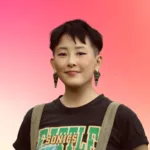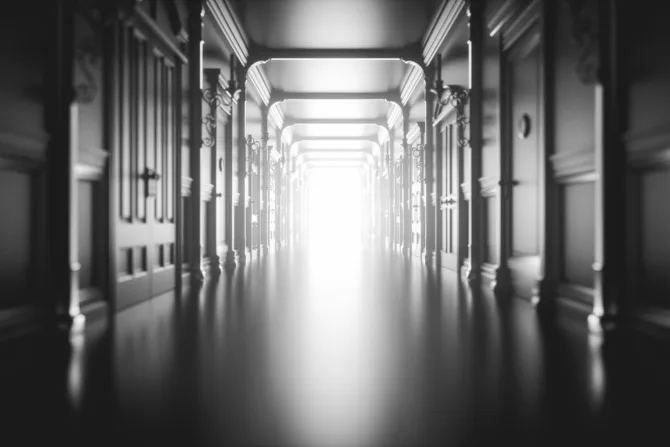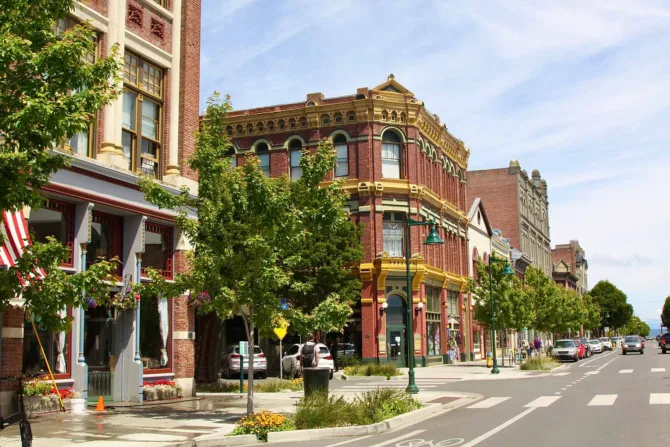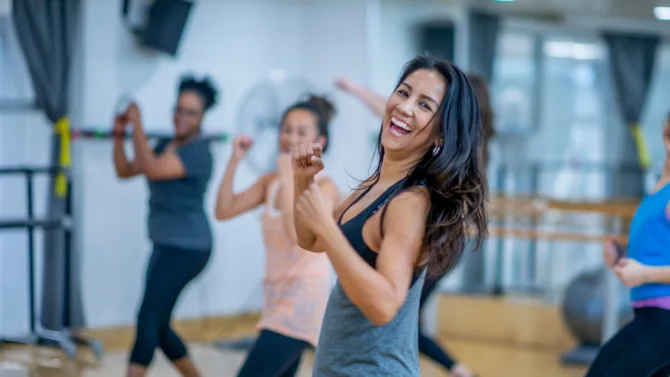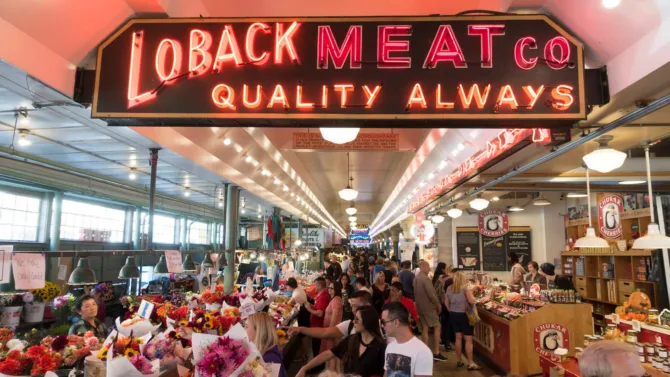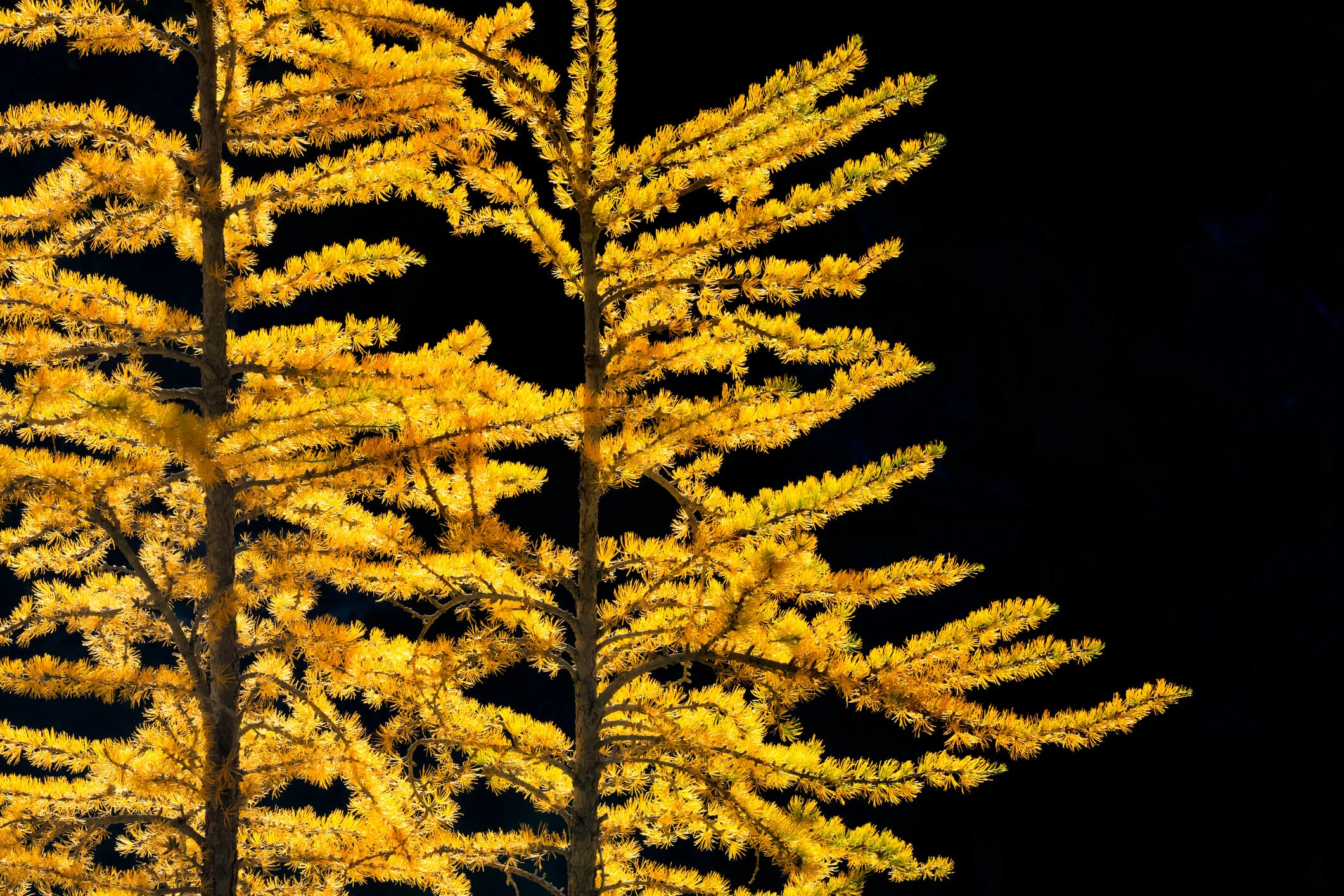
Following the equinox on Friday, September 22nd, you might notice your spidey senses tingling—either metaphysically or because it’s spider season and you just barreled through a cobweb—telling you that autumn is here. Along with the fall comes one of the region’s most elusive natural phenomena: the larch tree.
Though these conifers pass for characteristic PNW evergreens in spring and summer, western and subalpine larches are actually deciduous. Starting in late September and into October (the exact timing depends on your elevation), larch forests take on a neon amber hue for a few weeks, transforming their landscapes into something brilliant and otherworldly.
View this post on Instagram
Though typically accessed on hikes through the eastern slopes of the Cascades, urbanites can still enjoy a small-scale larch process in our local parks and botanical gardens. Let’s go over a few spots where you can find them.
Washington Park Arboretum
2300 Arboretum Drive E, Seattle
The Arboretum is Seattle’s horticultural crown jewel, functioning as a public 230-acre living museum of natural history and plant collections. Home to 46 larch trees, including our native western larches, take a stroll down Azalea Way this fall to see if you can spot them in their peak golden glory. You can plot out your trek ahead of time or locate them using this advanced map or this basic one for phones. Aimless wandering is also encouraged!
The Woodland Garden features a slew of native conifers and one of North America’s largest Japanese maple collections, a sweet opportunity to view a small sampling of some of our region’s vivid seasonal colors. If you have time, be sure to trek along the Waterfront Trail toward Foster Island or down to Lake Washington Boulevard to maybe catch a glimpse of the formidable and awesome Mount Rainier to the south.
Woodland Park
1000 N 50th St, Seattle
You can find a handful of larches in Woodland Park, a greenspace just southwest of Green Lake and north of Fremont, bisected by Aurora Avenue. The west side is occupied by the zoo and a lovely rose garden, while the east side features a forested dog park, a number of winding trails, and other recreational areas for sports, lawn bowling, and picnics.
The story of how the park came to be is also pretty interesting. It’s curious how so many of our public parks originated as private estates first, huh? Something to keep in mind, too, as you search, is that larches, like other conifers, are shade intolerant so they’re highly adapted to open sunlight or areas historically disturbed by fire, landslide, flood, or clear-cut harvest.
Bonus 🍫
While over near Green Lake, stop at the Chocolati for a pick-me-up hot chocolate to enhance your quest.
The Bloedel Reserve
7571 NE Dolphin Drive, Bainbridge Island
While on the subject of former private estates: Just a 35-minute ferry ride away, a selection of larch trees live in the world-class Bloedel Reserve at the north end of Bainbridge Island. The Reserve is an experiential botanical garden and preserve known for its 150 acres of distinctive cultural landscapes and design celebrating the natural cycles of growth, decay, and regeneration. It’s also heavily influenced by branches of Asian philosophy and the conservation movement of the 20th century.
Several Japanese larch trees are in the Japanese Garden, alongside weeping birches, katsura, and golden locusts, among many others. Plan to spend most of the day on this outing if you’re coming from the city. You can drive, bike, or walk onto the boat, but if you’re on foot, book a bus reservation to take you up the island beforehand. You must also purchase timed tickets, as walk-ups are not permitted.
Ravenna Park
5520 Ravenna Ave NE, Seattle
Situated around an impressive 115-foot ravine and its creek, Ravenna Park is one of the city’s most underrated nature areas. Adjoined with Cowen Park, explore this sublime larch locale in North Seattle. Most of the surrounding flora includes maples, red cedars, western hemlocks, and Douglas firs, so the larches’ striking yellow may stand out against the darker earthy tones. However, the surrounding tapestry of changing autumn colors might make you work for it.
Descending into the ravine feels all kinds of folkloric, and a portion of the greenspace’s 4.5 miles of trails will have you walking under two massive historic bridges, the Cowen Park Bridge and the 20th Avenue NE Bridge. Both are city landmarks and listed in the National Register of Historic Places. Grab a drink and a bite at nearby Cowen Park Grocery Cafe or Herkimer Coffee.

